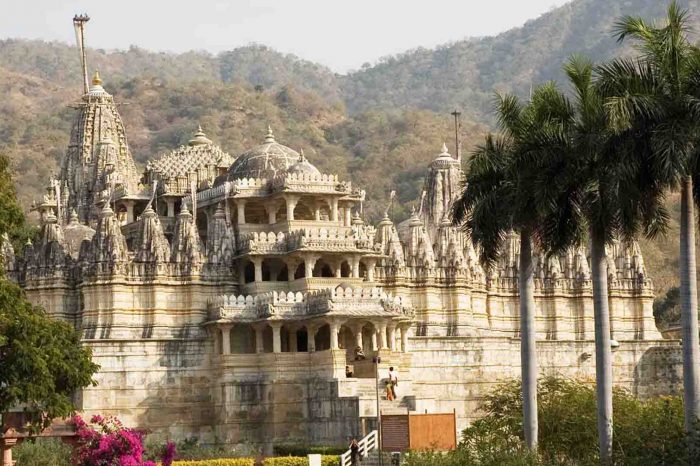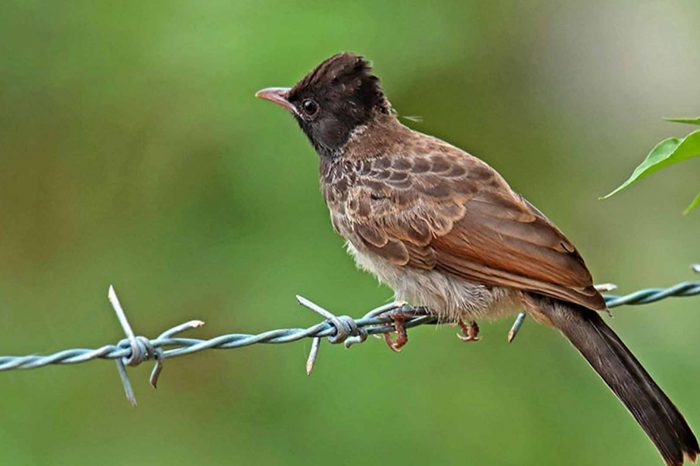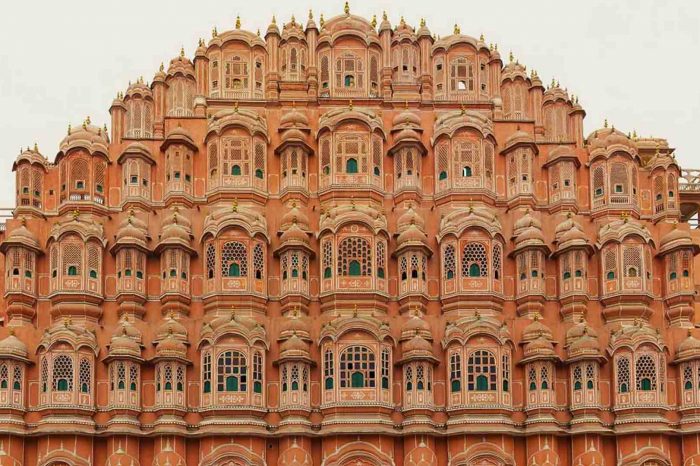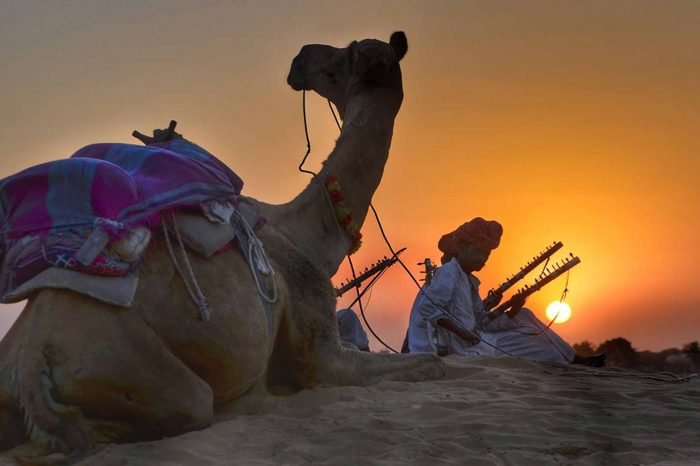Rajasthan
Welcome to the Land of Rajputs
From Sam sand dunes to the pristine clear lakes of Udaipur, from arid barrenness of the backdrop to the brightly coloured costumes of the performers and the dancers, the Desert State of India, Rajasthan is a land of great diversity and contrast. A tourist’s paradise, in short, Rajasthan has everything to offer.
History: Rajasthan is situated in the North Western part of India and shares geographical boundaries with Punjab, Haryana, Uttar Pradesh, Madhya Pradesh and Gujarat in India. It also has a long international boundary with Pakistan. It has a total area of 342,214 sq. km and is the largest state in the country. About 4500 sq. km area of Alwar district of Rajasthan is included in the National Capital Region (NCR). The National Capital Region (NCR) centred around New Delhi, the Indian capital, is being developed in an integrated manner as an industrial growth centre with considerable Central Investment in infrastructural facilities. Seven Industrial Areas in the district of Alwar fall within this region and are 50 – 100 kms from New Delhi
Archaeological and historical evidence shows a continuous human habitation of the area dating back 100,000 years. Between the 7th and the 11th century AD, several dynasties arose, with Rajput strength reaching its peak at the beginning of the 16th c. Emperor Akbar brought the Rajput states into the Mughal empire; by the early 19th century, they allied with the Marathas. Later, the British established paramountcy in the region. Raj- asthan soon emerged as a centre of Indian nationalism. When the new constitution went into effect in 1950, Rajput princes surrendered their powers to the Indian Union.
Culture: Rajasthan has made its contribution to Indian art; there is a rich literary tradition, especially of bardic poetry. Chand Bardai’s poem Prithvi Raj Raso or Chand Raisa, the earliest manuscript of which dates to the 12th century, is particularly notable. A popular source of entertainment is the khyal, a dance drama composed in verse with festive, historical, or romantic themes. The typical folk dance of Rajasthan is the ghoomar, which is performed on festive occasions only by women. The geer dance (performed by men and women), the panihari (a graceful dance for women), and the kacchi ghori (in which male dancers ride dummy horses) are also popular.
Climate: Climatically, Rajasthan is the driest part of India. The Aravali mountains stretching diagonally across the State from the South-West to North-East separate the desert and semi-desert areas to the West from the sub-humid areas in the East. Population densities are higher in the eastern part of the State and nineteen of the thirtytwo districts of the State fall in the non-desert area to the east of the Aravallis.
INDIA
International
ITALY OFFICE
INDIA OFFICE
011-42171161
ramesh@saarholidays.com
LG-4, Pankaj Central Market. I.P. Extension, Patparganj, Delhi-110092, India














